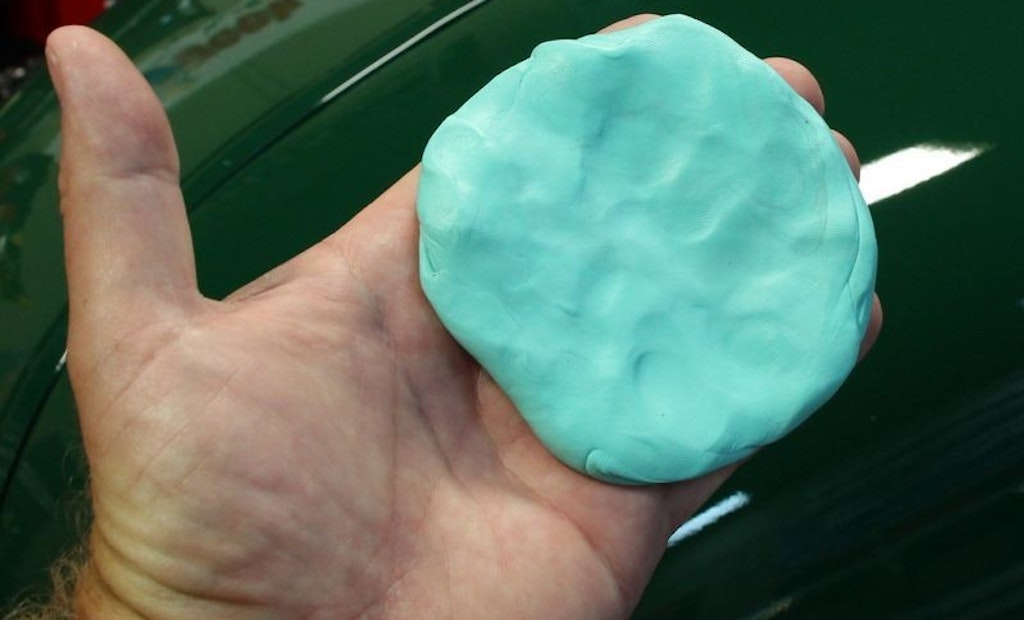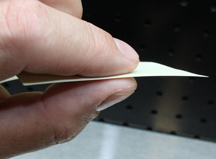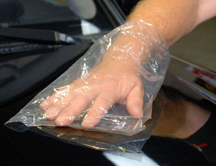
Interested in Plumbing?
Get Plumbing articles, news and videos right in your inbox! Sign up now.
Plumbing + Get AlertsFace it, you love your truck. It’s your baby, your favorite means of transportation. In many ways it’s your closest companion and greatest source of income. You wash it, wax it and beam with pride.
You’d like to keep your baby showroom sharp. But that can be work. And with today’s high-tech finishes, how much care does it really take for that classy truck look?
Mike Phillips, author of “The Complete Guide To A Show Car Shine,” director of training at Autogeek.net and former Meguiar’s sales representative/trainer, says that while a non-wax finish might be a good sales pitch, today’s clear-coat car and truck finishes (generally found on vehicles built since the mid-1990s) still need to be washed and waxed.
“The clear is paint without pigment; it’s still paint. You still have to wash it, clean it, clay it, polish it, protect it – just like paint on a 1952 Chevy,” says Phillips, former host of Autogeek’s What’s in the Garage TV show on the Fox Sport Network and whose car-care tips can be seen on My Classic Car and Two Guys Garage and Motorhead Garage.

“The factory clear-coat – not a hot rod or custom paint job – but the factory clear-coat on a new truck or car – the clear layer of paint – is thinner than a Post-It Note (approximately 3 mil and less in some spots),” he says.
That thin layer is constantly under attack. “UV rays from the sun, chemicals in the air and rain; road splatter and road grim. If you don’t take care of the paint, that thin layer will corrode and deteriorate. And while you could clean your truck with dishwashing soap, that’s a detergent. It’s overkill for what you want to do,” says Phillips, who recommends a non-detergent car wash.
For that classy truck finish Phillips, who’s been teaching detailing for 27 years, says it’s all in the preparation. Before diving in with the bucket and brush, reach for a paint cleaner or pre-wax cleaner. “These are typically non-abrasive and chemically remove any impurities from the surface and light oxidation – they clean the paint and prepare the surface so the wax sticks better,” he says.

To ensure all impurities have been removed, Phillips suggests “The Baggie Test.”
Put your hand in a thin sandwich bag (the thinner the better) and inspect the surface. The baggie will heighten your sense of touch, enabling you to feel the slightest impurity.
If you feel any bumps, the next step is detailing clay.
What’s detailing clay?
Introduced in the 1990s, detailing clay (available in a single 4-ounce bar) is designed to safely remove above-surface bonded contaminants, enabling wax or sealant to better adhere to paint. Remove the clay bar from its wrapper and tear into two pieces. Unused clay can be stored in the original plastic container or a re-sealable sandwich bag.
Knead the clay into a round, pancake-like patty. It should be large enough to cover the palm of your hand (approximately 4 1/2 inches in diameter). Spray a clay lubricant onto the patty and section of paint (approximately 16 to 20 inches) you want to clean. Rub the clay over the paint until it glides effortlessly. Wipe off excess residue from the surface with a microfiber towel until dry before moving on to a new section.
The four benefits of detailing clay:
- Safely removes above-surface bonded contaminants
- Enables your choice of wax or paint sealant to better bond or adhere to paint
- Restores a silky-smooth, clean finish
- Makes polishing easier, more effective and safer
“Most people will agree that a great looking finish is a glossy looking finish,” Phillips says. “Gloss comes from smoothness. And if you have contaminants that are bonded to the paint – they don’t wipe off and they don’t wash off – like tree sap and industrial fallout. It creates a texture and diminishes or decreases gloss. It also creates a barrier on the surface.”
Phillips says most quality brands of wax are designed to adhere to a layer of paint, not dirt. “If you don’t remove those contaminants, the wax won’t last very long.” But don’t think waxes and polishes are the same.
Designed to remove paint defects, compounds and polishes use abrasives. “Compounds tend to be aggressive for severe defects and come in three categories: medium cut, fine cut and ultrafine cut,” he says. “So a person can pick and choose what will be the best product for the condition of their paint. At Autogeek we tell people the wise choice is to use the least grit to get the job done, because it leaves the most paint on the car. Since it starts out thin, you don’t want to take out more than you have to.”
When it comes to vehicles subjected to harsh environments – mud and grime – Phillips follows the same procedure. “I have a four-wheel-drive monster truck, and I do the same thing that I do to my wife’s Mercedes-Benz, and she just goes back and forth to work.”
Now go make your truck proud.





